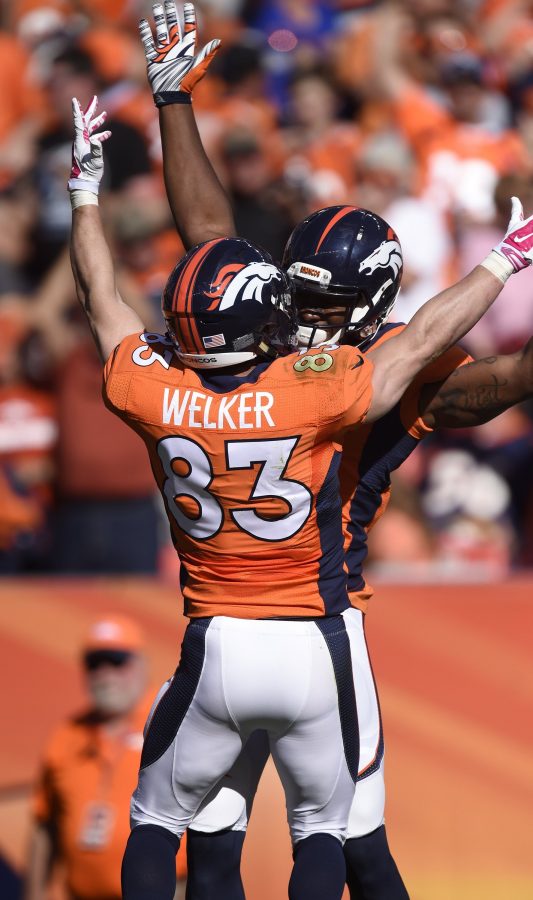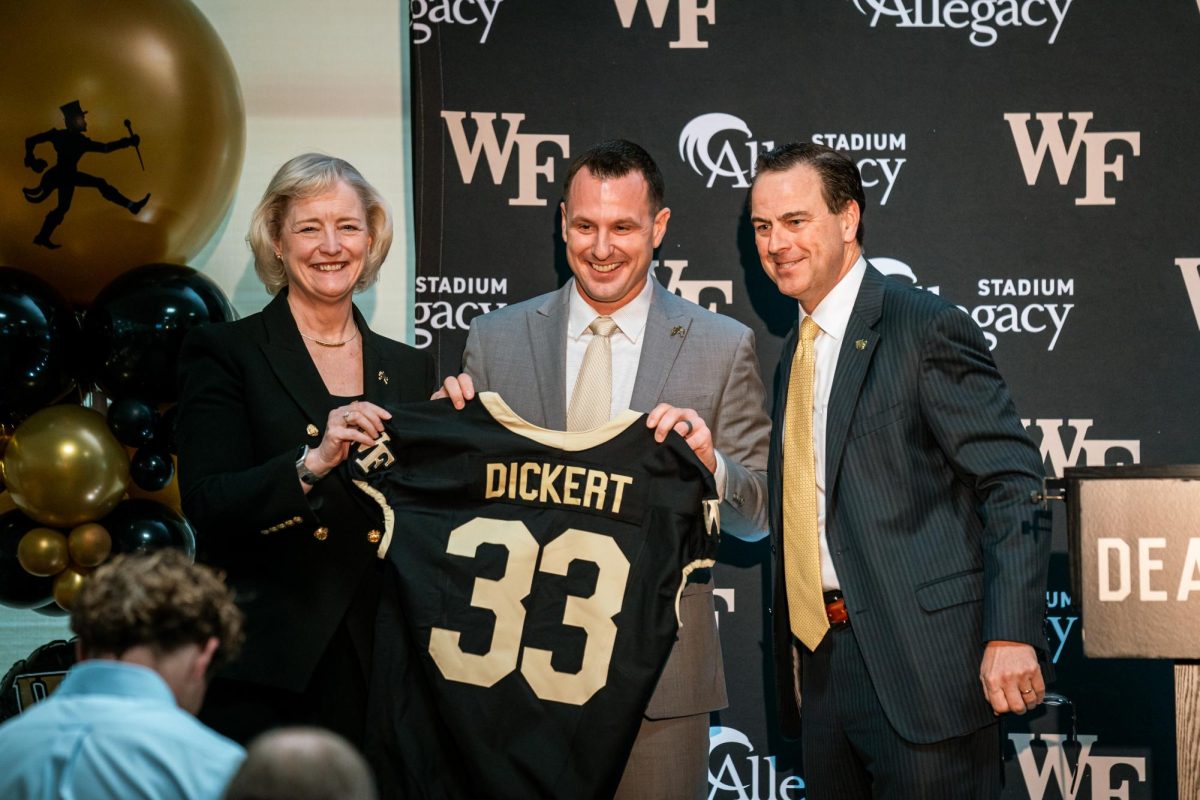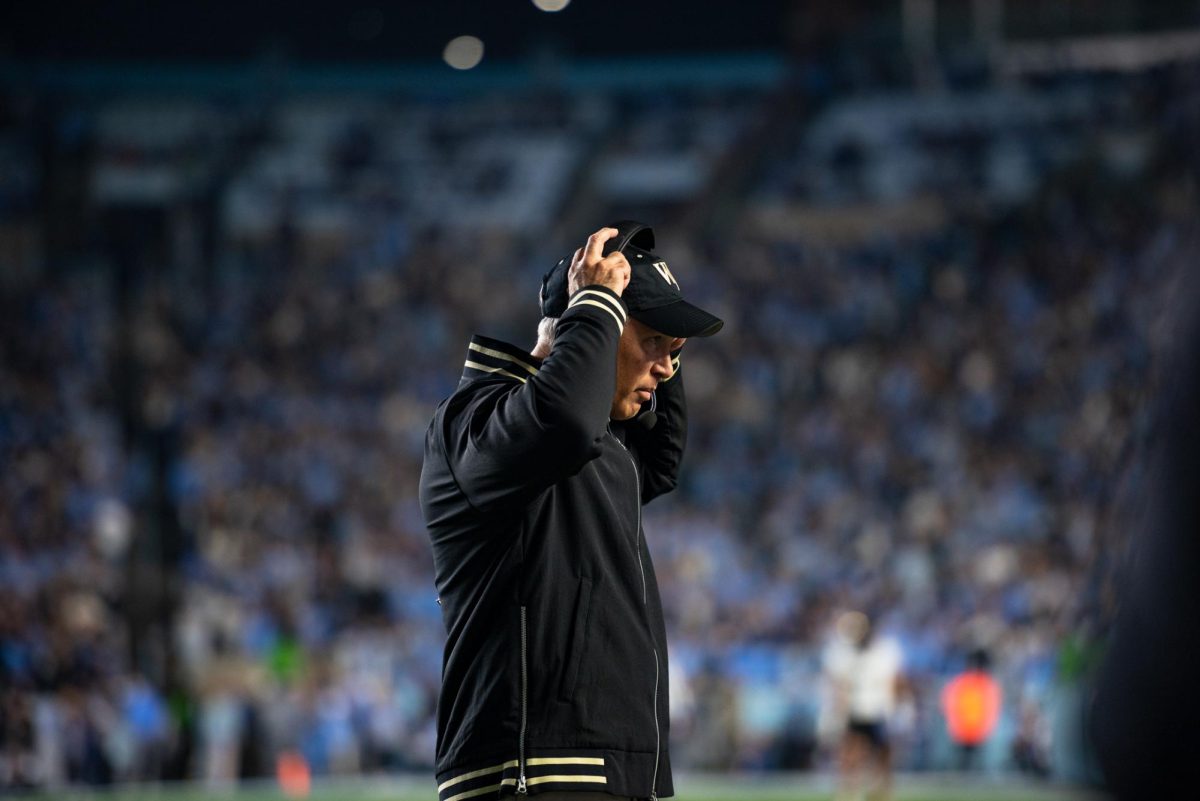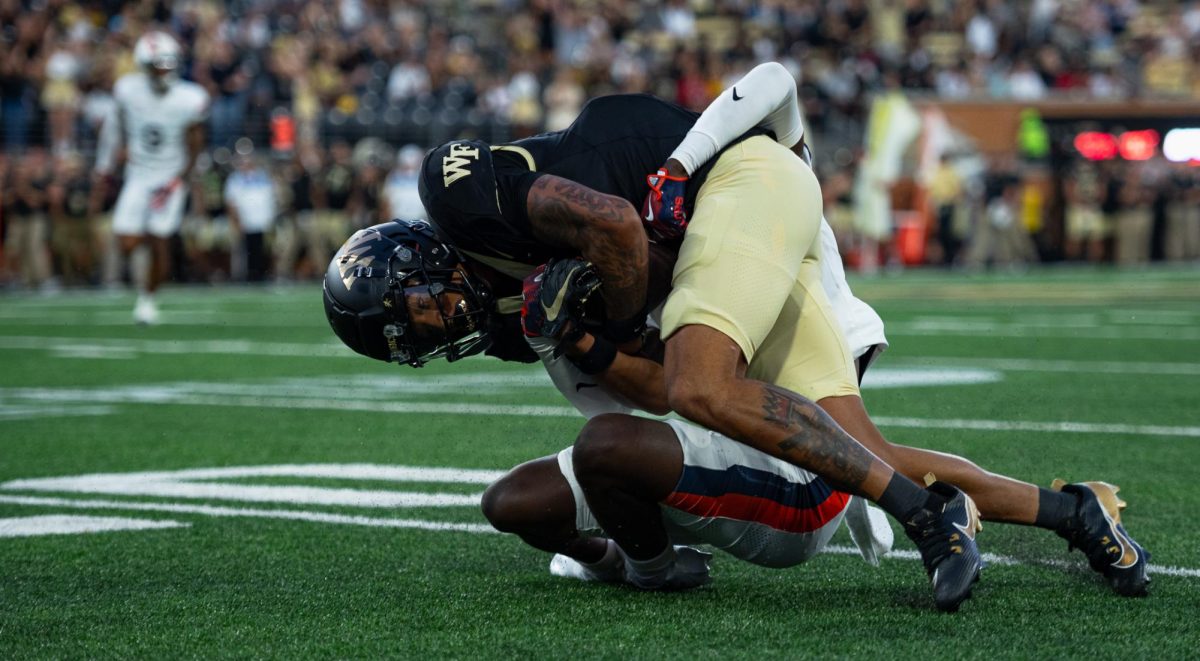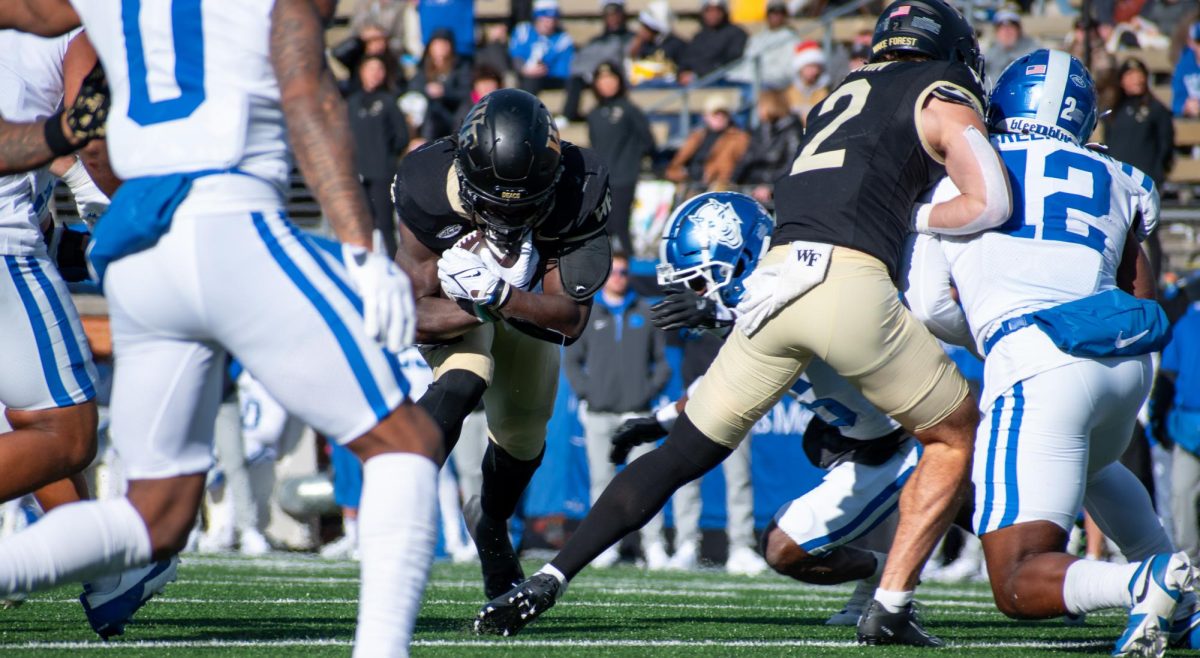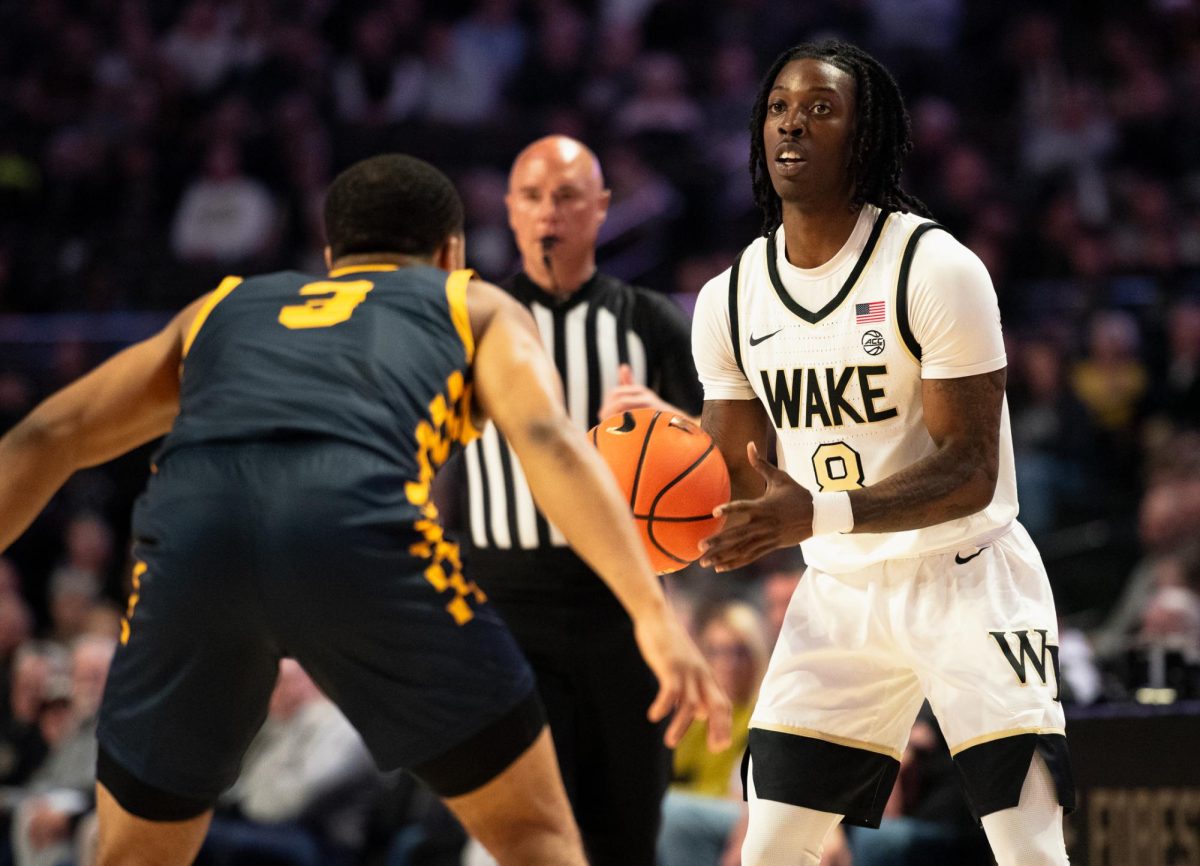Picture this: The mom or dad drives a minivan. They have to decide if they are going to football or soccer practice.
They know, however, football, accounts for 47 percent of all concussions in high school athletics.
These parents are who SG Helmets, a helmet manufacturer, wants to target. They want them not only choose football, but also choose one of their helmets.
On March 15, however, NFL senior vice president for health and safety Jeff Miller admitted to a link between football and CTE, a degenerative brain disease. It is found in individuals who have suffered brain trauma.
Despite this, SG Helmets is part of a helmet market that has vastly improved in recent years.
“Pretty much everything we do is different than the other helmets out there,” said Kris Skipton, SG Helmet’s Director of Business Development.
The helmet manufacturer has its roots in auto racing. Its founders, Bill Simpson and Chip Ganassi, are both former race car drivers. They took the principle of a racing helmet, which is designed to break and absorb force when impacted, and applied it to football helmets.
“It allows us to be the lightest helmet on the market,” Skipton said. “The carbon, Kevlar shell is the same type of material that bullet proof vests are made out of. It’s a real energy absorbing material.”
To the average consumer looking to buy their child a helmet, that probably sounds nice. But what they really want to know is if it is considered a five-star helmet by Virginia Tech Helmet Ratings.
“They do want to know if you are a five-star helmet,” Skipton said. “That’s about what the extent people are looking us at or judging us on.”
Since 2011, researchers at Virginia Tech have tested all football helmets on the market 120 different times at different accelerations and speeds of impact. A ratings map is used to to provide a theoretical predicted number of concussions a player would have over the season in a given helmet.
They then give it one through five stars based on its ability to reduce the risk of a concussion. The better the helmet, the lower the acceleration registered. For example, a four-star helmet takes what would be a 100 g impact in a one-star helmet and reduces it to 50 g’s.
“Moving form the bottom to the top makes a very large difference,” says Dr. Stefan Duma, head of the ratings and Virginia Tech-Wake Forest School of Biomedical Engineering and Sciences. “Moving from a 1-star to a four-star reduces acceleration by 50 percent.”



